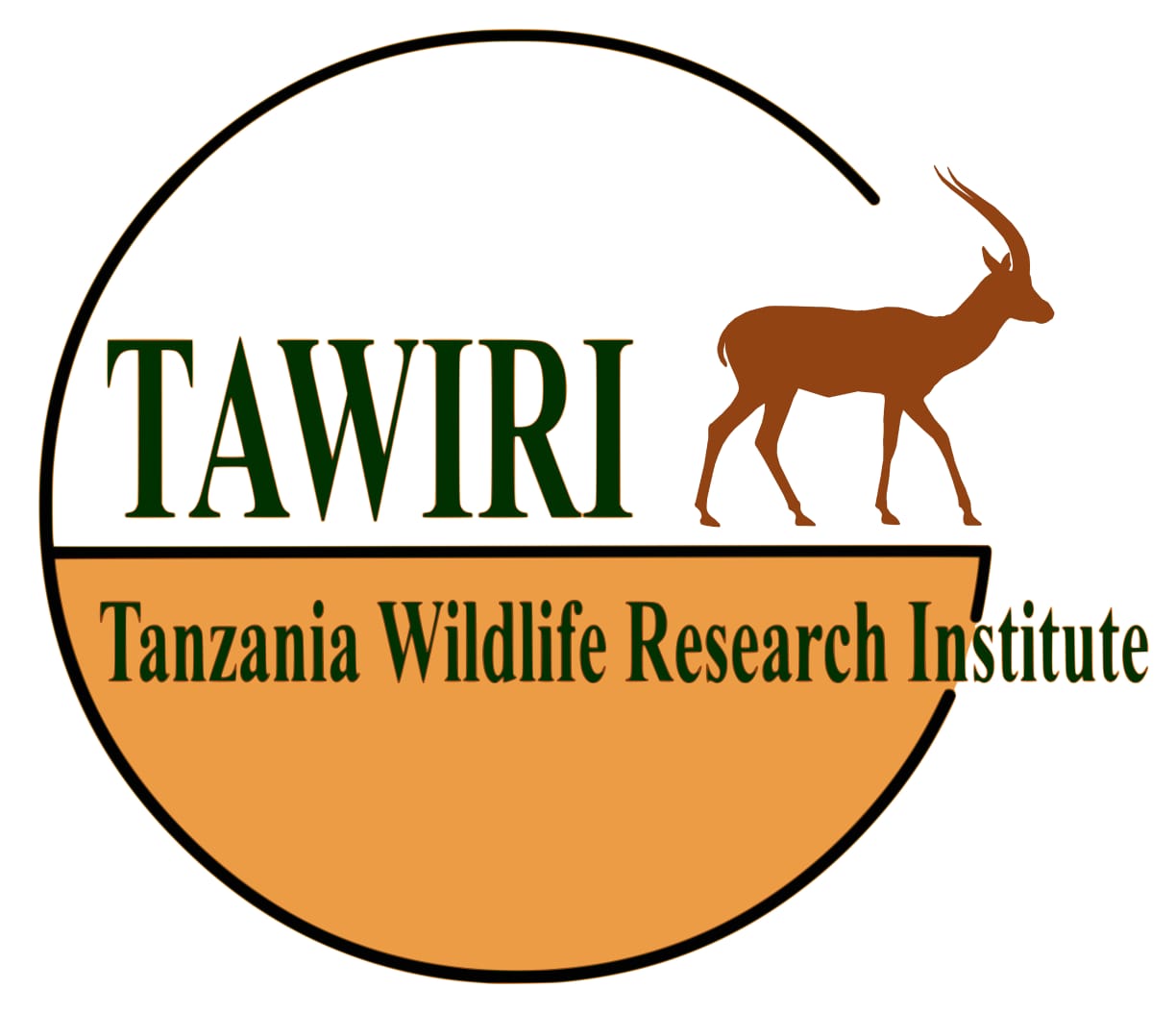Research Preview

Research Project Title
Assessment of Genetic diversity and Delimitation of Giraffe variants (Giraffa camelopardalis) in Tarangire - Manyara Ecosystem Northern Tanzania and Enduimet Wildlife Management Area.
Research Purpose:
Master's degree
Principle Investigator:
meshacklutoba@gmail.com
Introduction
Giraffes (Giraffa camelopardalis), the tallest land animals, inhabit sub-Saharan Africa, mainly in the south and east, with smaller populations in central and western regions (Raw et al. 2016). Their populations have become fragmented, with local extinctions in Nigeria, Mali, Senegal, and Eritrea (Raw et al. 2016). They are classified as vulnerable by the IUCN due to habitat loss, poaching, disease, and climate change (Muller et al. 2018) and are listed in Appendix II of CITES.
Historically, giraffes were considered one species with nine subspecies, classified based on physical traits and geography (Dagg 1971). This method is simple and cost-effective (Wiens 2004) but limited due to coat pattern variability (Rakov 2020). DNA analysis using the Cytochrome c oxidase subunit 1 (COI) gene provides a more accurate classification (Hebert et al. 2003). Molecular studies have reclassified giraffes into four species with five subspecies: Masai giraffe (G. tippelskirchi), Reticulated giraffe (G. reticulata), Southern giraffe (G. giraffa), and Northern giraffe (G. camelopardalis) (Fennessy et al. 2016). Giraffes belong to the family Giraffidae, closely related to the okapi (Kümpel 2015).
In Tanzania’s Tarangire-Manyara Ecosystem (TME), the Makuyuni Wildlife Park (MWP) provides critical giraffe habitat. A morphologically distinct giraffe variant, differing from the Masai giraffe, has been observed (Nkwame 2024). Given the limitations of morphological classification, molecular analysis is needed. Population declines in TME (TAWIRI 2016) may reduce genetic diversity, threatening conservation. This study aims to analyse genetic diversity and phylogenetic relationships among giraffes in TME.
Problem Statment
The accurate identification and classification of wildlife species are vital for effective conservation (Mace 2004). Historically, giraffes were classified under one species, G. camelopardalis (Dagg 1971). However recent DNA studies have revealed four distinct giraffe species (Fennessy et al. 2016). In TME, the Masai giraffe (G. tippelskirchi) is the known species (Kiula et al. 2021). However, one giraffe variant, differing in coat patterns from the known Masai giraffes has been observed in MWP, potentially representing a significant discovery in giraffe taxonomy (Nkwame 2024). Identifying this variant based solely on morphology can be problematic, as giraffes have various coat patterns that may not reflect genetic difference (Rakov 2020). Molecular identification is therefore necessary. However, the molecular taxonomy of these variants remains unknown.
In addition to taxonomic uncertainties, a report from the Tanzania Wildlife Research Institute (TAWIRI) indicates a decline in giraffe populations in the TME, including MWP, due to human activities (TAWIRI 2016). This decline could have resulted in reduced population sizes, isolation, limited gene flow, and increased inbreeding, all of which reduce genetic diversity and reproductive fitness, making the species more vulnerable to environmental changes (Allendorf et al. 2010). However, the knowledge on genetic diversity of giraffes in TME is limited, hindering conservation efforts. This study aims to analyze the genetic diversity and phylogenetic relationships of giraffes in TME to inform conservation strategies and enhance tourism activities in the region.
General Research Objective
The main objective of this study is to assess genetic diversity and phylogenetic relationship among variant giraffe species in TME. and Enduimet Wildlife Management Area.
Other Details
| Clearance# | Clearance Date | Permit# | Permit Date | Commencement Date | Completion Date |
|---|---|---|---|---|---|
| None | CST00001335-2025-2025-00548 | March 12, 2025, midnight | March 1, 2025 | Dec. 2, 2025 |
Priority Research Theme & Areas
| Priority Research Theme | Research Area |
|---|---|
| WILDLIFE POPULATION MONITORING | Population monitoring of large mammals |
Project Location
| Region | Wildlife Area | District | Species |
|---|---|---|---|
|
Arusha |
Manyara Arusha Tarangire Enduimet Makuyuni |
Monduli |
Project Researchers
| Researcher | Role |
|---|---|
| MESHACK MADATA | Principal Investigator |
| Pius Mollel | Co-researcher |
| James Madeli | Co-researcher |
| George Lohay | referee |
| Bukombe Kija | referee |
Reseach Objectives
| Sn | Objective | Methods | Description | ||
|---|---|---|---|---|---|
| 1 | i. To evaluate the phylogenetic relationship among giraffe variants in TME. |
|
|||
| 2 | ii. to determine the genetic connectivity between giraffes of makuyuni wildlife park and Enduiment Wildlife Management Area |
|
|||
| 3 | iii. To determine the genetic diversity of giraffes in the TME and Enduimet Wildlife Management Area |
|
|||
Reseach Attachments
| Attachment Name | Attachment |
|---|---|
| Full Proposal | RESEARCH_PROPOSAL_NEW_VERSION.pdf |
 Nwris
Nwris